Centering on a group of teenage skateboarders who roam the streets of Cleveland, Ohio, The Land will be premiering this month at the 2016 Sundance Film Festival. Steve and his 1st AC, Dennis Scully, were kind enough to answer a few questions about their experiences working on the film.
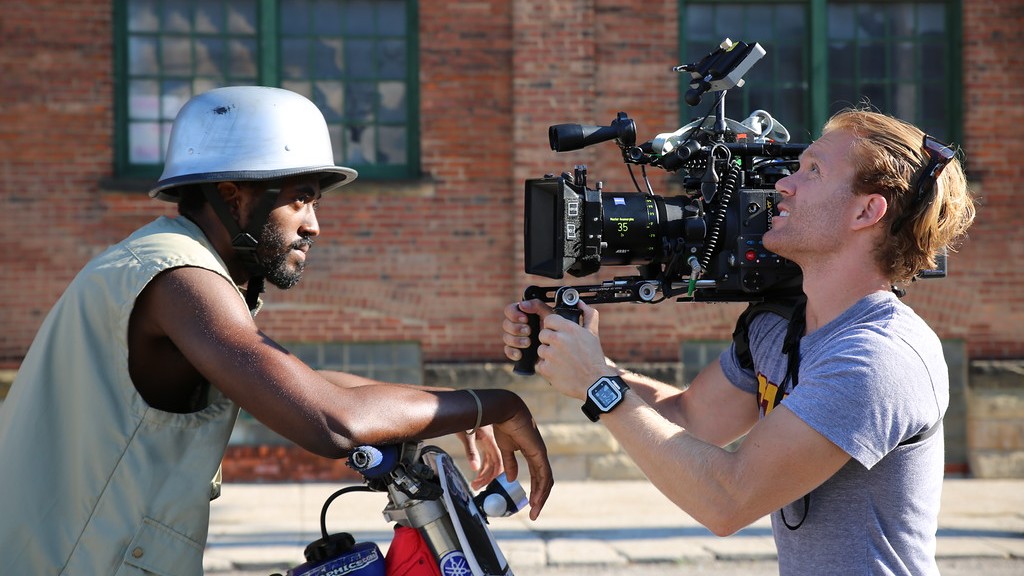
How did you get involved with this project?
Steve Holleran: The Director of The Land, Steven Caple Jr., and I attended the MFA production program at USC together. Steven is one of the hardest working and creative guys I know, and we immediately recognized a kindred passion for filmmaking in each other. I had the fortune of watching Steven develop The Land from its first iteration to a feature. We shot the short version of the feature nearly two years ago over one weekend and from there, the project took off.
Dennis Scully: I first met Steve in the spring of 2015 working on a commercial project in Arizona. He described this project called The Land, and by the end of our shoot, he asked me if I'd be interested in being his 1st AC on the movie. My first response was, "I don't do movies anymore." But the project sounded so interesting, and Steve's lookbook and locations he scouted in Cleveland had me intrigued. So, I reconsidered my position on doing movies and accepted the opportunity and challenge to be the key 1st AC from start to finish.
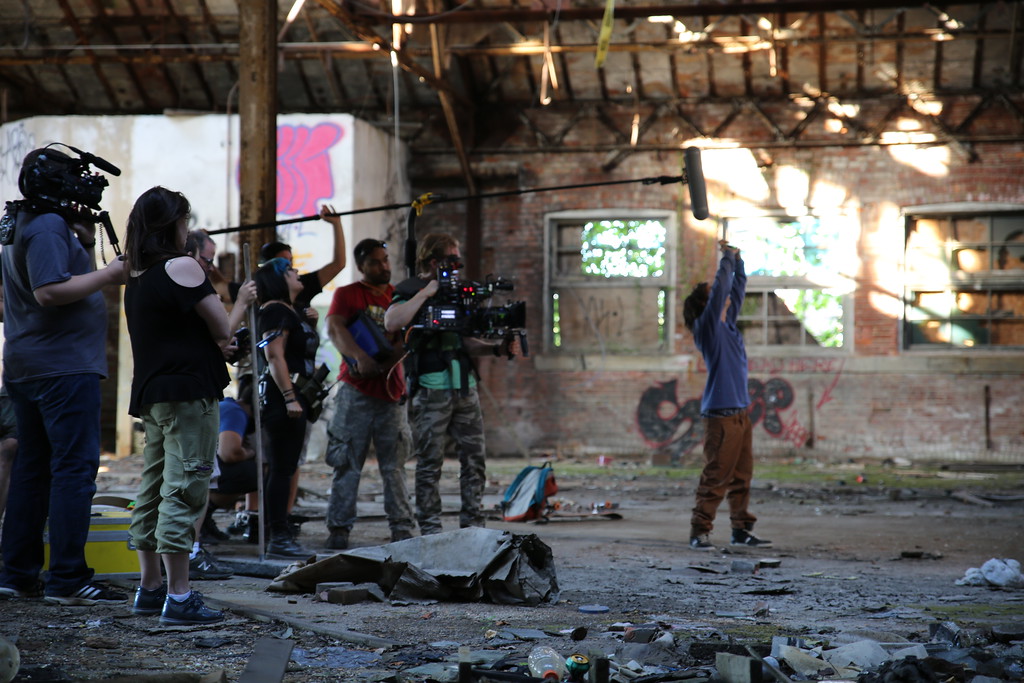
What type of shooting locations did you have, and what kind of lighting situations were involved? Did you experience any particular challenges with the locations?
SH: The Land is set in some rougher areas of present-day Cleveland, and Steven and I wanted to capture Cleveland as its own character. We put an emphasis on shooting locations where we could sense the old grandeur that used to run through the city amongst the the visible rust and deterioration brought on during its harder times. As a result, we shot in a lot of difficult locations where accessibility, structural integrity, etc. were things we had to keep an eye on.
One of the most challenging aspects of the shoot was capturing the skating. As a skateboarder, I wanted to insert the viewer into the skaters' world and get as low in the street as possible. I brought out my own Sector 9 mini longboard and had a special U-shaped top handle created for the B-Cam, which allowed me to hold the camera with both hands while I was on the skateboard. We worked with our actors to develop a rhythm in which I could actually skate behind them, next to them, and even in some cases in front of them to capture different angles of their action.
From a lighting perspective, the locations were extraordinary as they provided me with so many options in terms of texture. The difficult part of these locations was actually physically getting the equipment into and out of them and, in a few cases, fitting lights and the camera into the tight space. Exteriors however, were the opposite. The night work involved a number of sequences that played out over a few city blocks. We had visualized many of these scenes to be shot in oners, so we were tasked with lighting up a number of blocks. Some nights we would fly a condor, but there were situations where I lit on the fly by augmenting the streetlights and hiding sources in and around houses and trees to keep things looking as natural and moody as possible.
DS: A few of the challenges we faced were some pretty gritty locations at night or split days. Others were small, tight interior spaces, which added authenticity but also logistical hurdles. We were exposed to the ever-changing elements so we had to be ready for anything. On a low-budget shoot like this, we had to be pretty self-contained and prepared to deal with these changes.
What was your shooting schedule like?
SH: We were limited to twenty days. With nearly forty locations, that meant multiple location moves on a daily basis. To accomplish this, Steven and I worked to select and organize our locations in clusters to ensure quick moves.
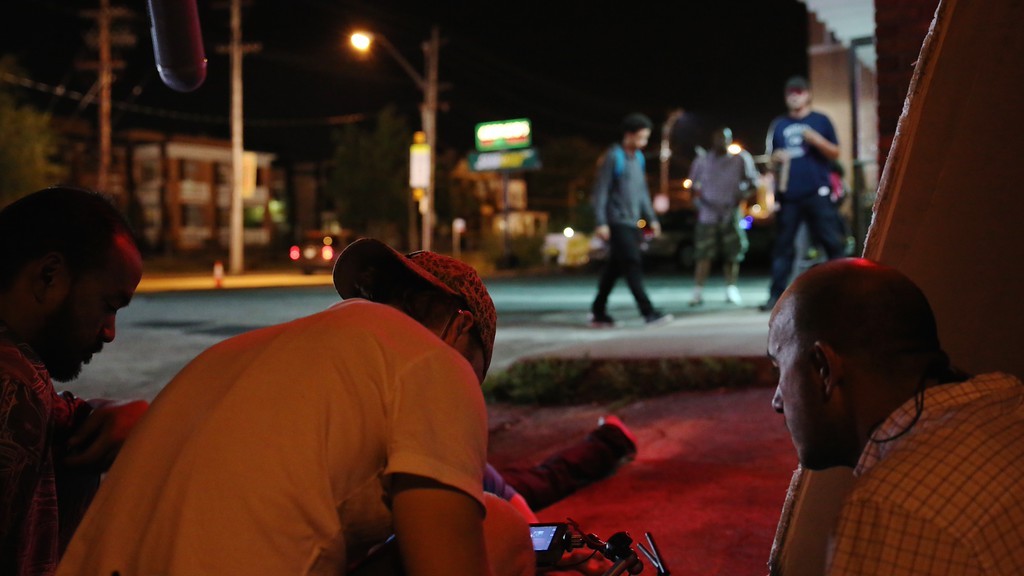
Can you tell us a little bit about why you chose to shoot on the ALEXA?
SH: Having shot on various iterations of the ALEXA and AMIRA, the XT Plus was my go-to for a number of reasons. First and foremost, knowing that we were shooting anamorphic immediately led me to the XT Plus so that I could take advantage of the 4:3 sensor. I also planned to shoot nearly the entire film handheld, and I needed an ergonomic camera that would sit properly on my shoulder. Additionally, the ability to shoot ARRIRAW was also a huge motivator -- knowing that I would have that extra dynamic range in the DI.
How did you rig/accessorize the camera when shooting?
SH: Dennis was crucial in accessorizing the camera, and, quite honestly, I couldn't have shot the film the way I did without his support and the rest of the camera team. Our day-to-day A-Cam configuration was an LMB-5 with varied filtration, Dennis' Preston FI+Z, and Teradek Bolt 600, my SmallHD 502, and a Cinetape for pulling some really difficult wide open tracking shots with skaters at night. Dennis had also put together a wireless SmallHD AC7 monitor with handheld cage so Steven could have an image at all times. Dennis even customized a release system for the Easyrig so that I could literally pop the camera on and off with one hand: my crew dubbed it the Skyhook.
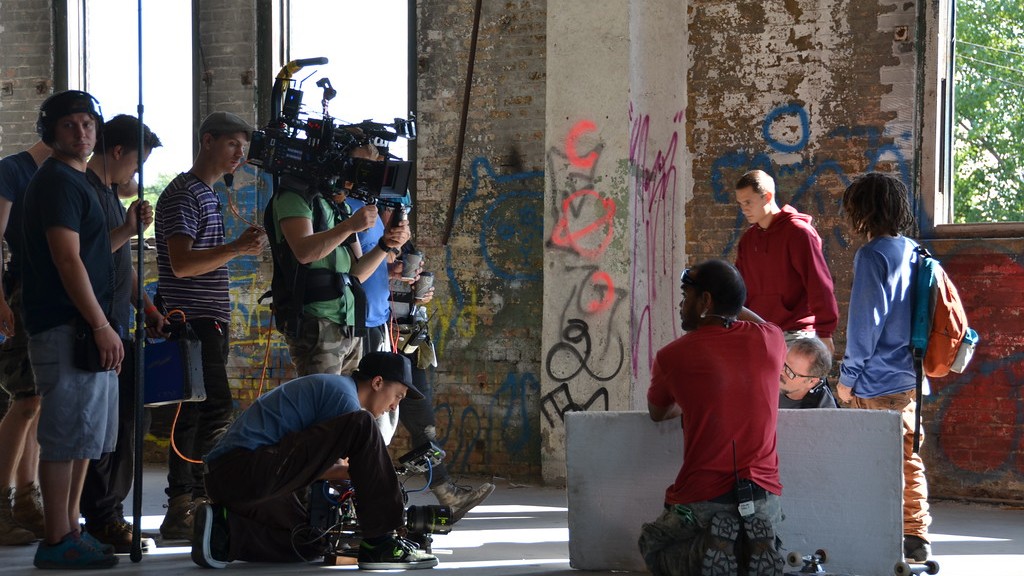
How did you decide to use the SmallHD 502 on your camera rig? Did having it on set make your workflow easier?
SH: When I tested the SmallHD at CineGear, the small form-factor, functionality, and crispness of the image made it a necessity for the shoot. It quickly became one of my essential tools, along with my light meter. With my DIT, we designed a set of looks for low light, exterior work, and night work, and I had individual pages dedicated to each LUT on the 502 monitor so I could toggle between them instantly. It is by far the most intuitive monitor I have ever used and the customization that is possible saved me so much time and worry on set. The small size of the 502 was actually one of its best attributes as I could skate with the monitor on the camera, and I could easily reconfigure it into any position depending on where I needed to put the camera.
DS: The decision to go with the SmallHD was after a discussion with Steve about on-board monitors versus viewfinders. The 502 had recently been released, and we felt that due to its size and full-HD resolution it might be the answer. Steve Cohen at AbelCine provided great service and was quick to get us one in time for the start of principle photography. It proved to be invaluable as the only viewfinder/ monitor on the ALEXA. We rigged it in a viewfinder position, using a Noga arm attached to the side mount, which allowed easy repositioning for low and high-angle shots with very little effort. The 502's ability to apply 3D LUTs and send them downstream through the Teradek proved invaluable, since it allowed the DP to visualize his look during the scene and then share that vision effectively in real time.
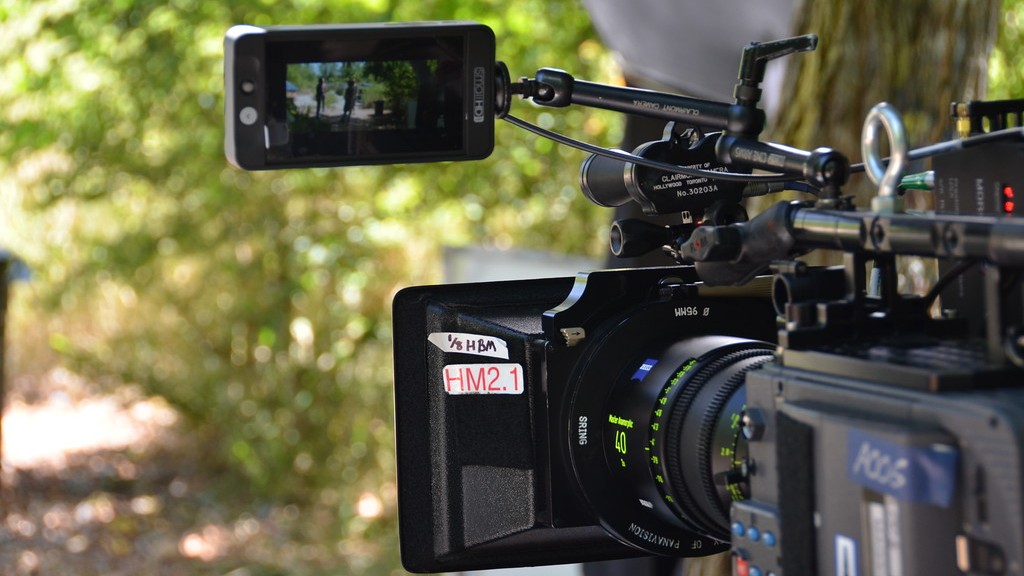
What was your day-to-day workflow like?
SH: When it came to our daily schedule, we would usually have multiple stunts, dialogue scenes, and locations to shoot in one day. This affected our day-to-day workflow as we had to constantly be mobile. To maximize our efficiency, we set up our DIT in the camera truck, which would live as close to set as possible, and Dennis would operate from a standing vertical magliner. As much as possible, I would spend my lunches on the camera truck with my DIT, Lynn, going over the dailies from the day before and looking at clips from the morning. Lynn would do a quick live grade over the ARRIRAW footage, and that was essential for me in keeping track of the film's visual arc and integrity.
What lenses did you use, and why did you choose them?
SH: We used a set of ARRI/Zeiss Master Anamorphics (35, 40, 50, 65, 75, 100mm) and a second set of Kowas for a few specialized MōVI shots. We were also governed by needing a set of lenses that would be light enough to fly on a Steadicam and that I could handhold on the B-Cam while skateboarding. Steven and I did a lot of research and testing on which particular look we wanted for the film; he instantly fell in love with the Masters for the way they rendered faces, reproduced highlights, and their very soft bouquets.
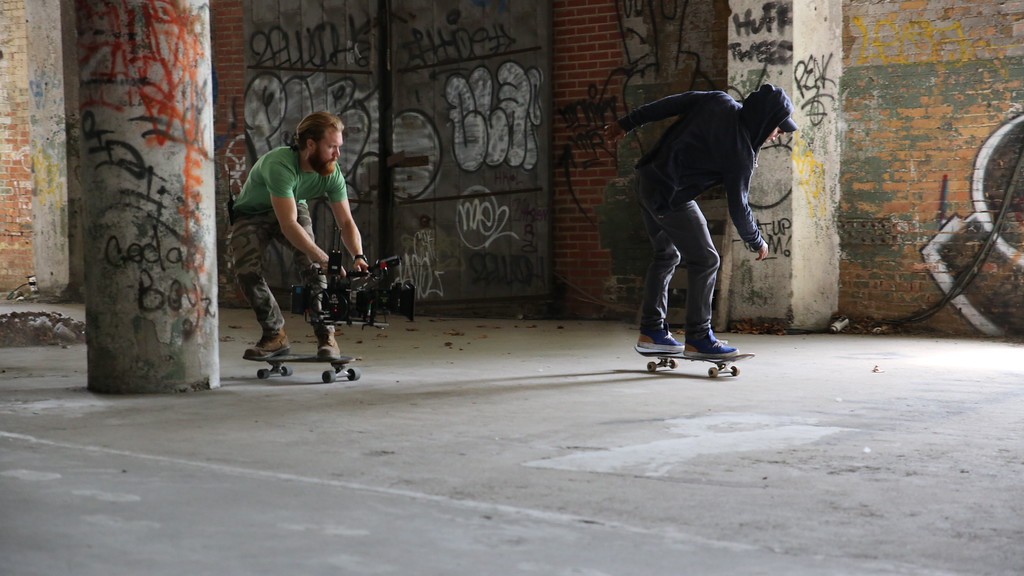
How do you think shooting anamorphic aided with the storytelling? And did you face any unique challenges?
SH: In terms of storytelling, anamorphic adds a subtle three-dimensionality and depth to the image that I found appealing for constructing the boys' relationship to the world around them. Their interaction as skateboarders with the streets of Cleveland is so visceral and so varied from street to street that having the unique depth of field characteristics of the anamorphic lens allowed me to separate the boys from their surroundings. In essence, I approached it much like you might with a Western where the landscape is just as much a character in the film, and it's always communicating something to you.
Shooting anamorphic was challenging when in tight spaces with a large cast. Part of our visual style was choosing practical locations, and there were many which weren't much larger than a bedroom. Trying to fit the four boys plus other characters into a master -- or in our case a roving master -- was definitely a physical challenge for me. I found myself in a number of contorted positions with the Easyrig, where I would stuff myself into a closet or next to a fridge in order to get the shot. Steven and I also worked diligently to create what we called roving masters as part of our visual style. These shots were a dance between myself and the actors -- as they would work their way around the room, I would rotate around them, between them, over them and sometimes even underneath them. This made for some serious physical challenges for me, but what it adds to the story is priceless.
(Responses have been edited for clarity.)
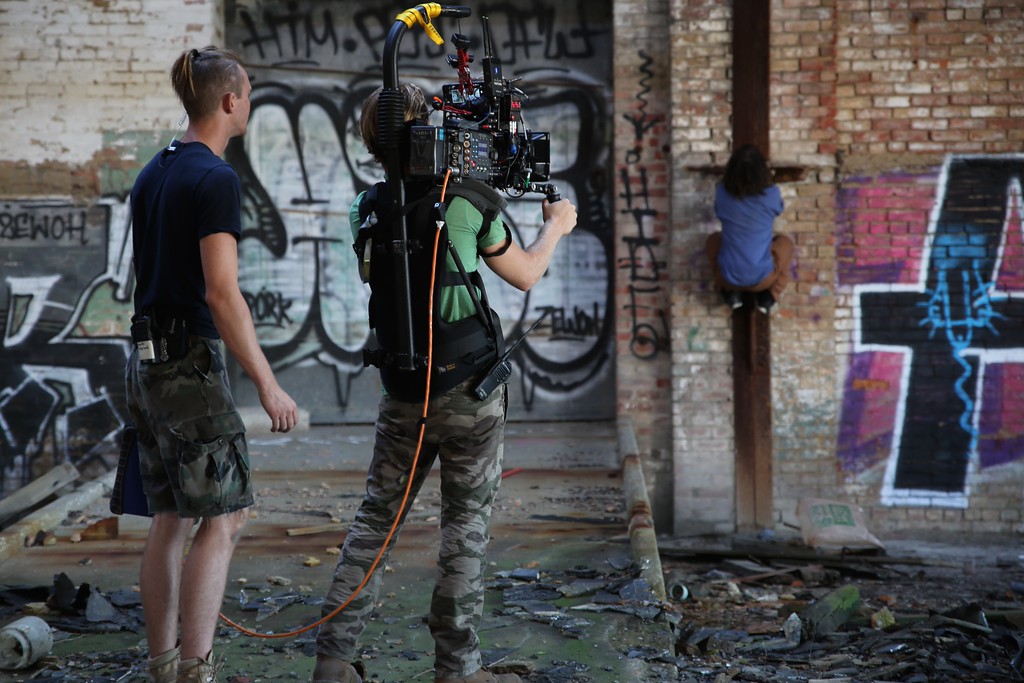
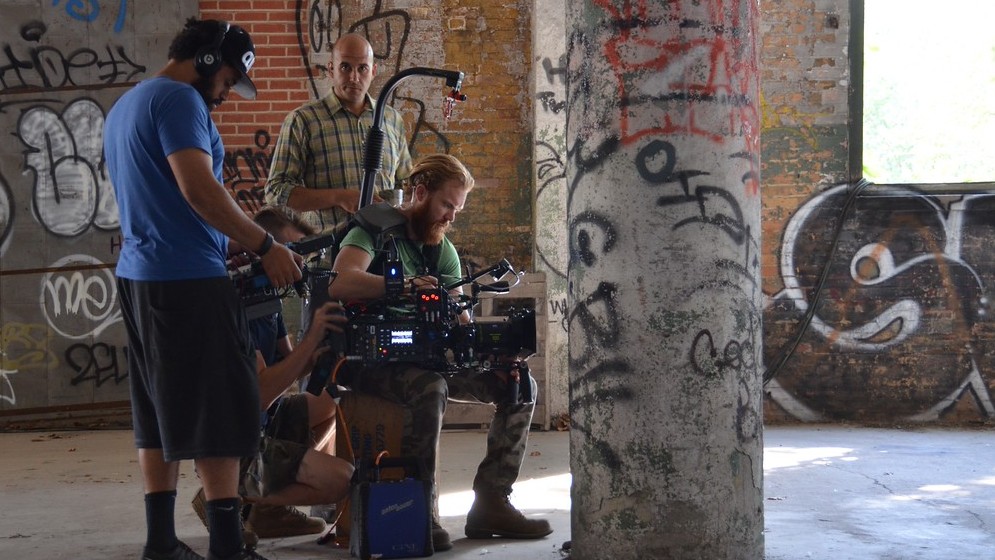
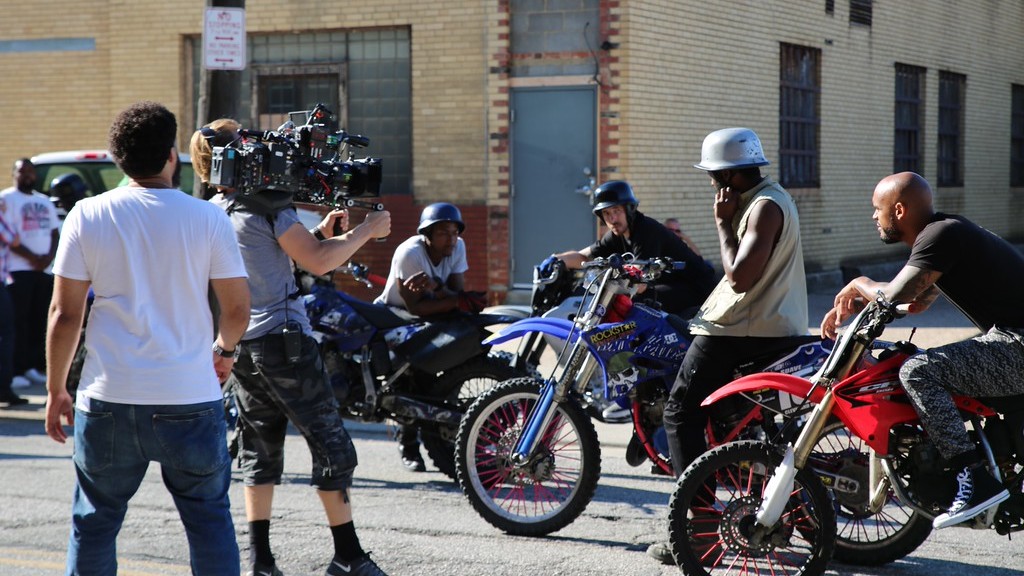
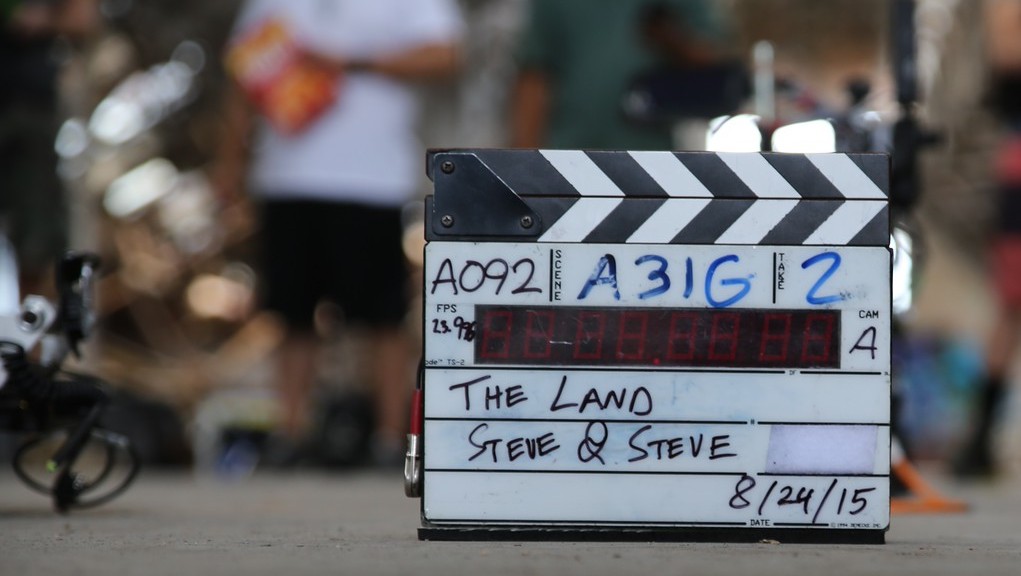
About Steve Holleran
Steve Holleran is a Director of Photography based in Los Angeles. He began his career as a documentary cinematographer traveling across South America, the Middle East, and the Pacific. A graduate of Bowdoin College and Sydney Film School in Australia, Steve was awarded the Thomas Watson Fellowship, a postgraduate grant that funded his environmental documentary Fading into the Blue. While attending USC's School of Cinematic Arts for his MFA in Film Production, Steve became good friends with Steven Caple Jr. The two have worked closely on a number of short films, including their tonal piece, The Land of Misfits, the driving force behind The Land. Steve has served as a cinematographer on over a dozen short films, two of which were selected into the top ten of NBC's Shortcuts and HBO's Project Greenlight competitions. He also maintains a strong commercial and music video career. To see more of Steve's work, visit steveholleran.com and follow him on Instagram @stevenholleran
About Dennis Scully
Dennis Scully has been creating images for over twenty years: in addition to his years of experience as a film loader and his 1st AC projects, he has extensive experience with still photography. Dennis is also a partner in the commercial photography team of D Squared Productions, which has been in business since 1992. Based in Phoenix, he continues to create stills and motion imagery, including time-lapse projects for TV, movies, and music videos. He has worked with clients such as US Airways, Arizona Diamondbacks, Phoenix Suns and many others. He has photographed across the US and internationally, and his work has been featured in magazines, brochures, and advertising campaigns. Dennis is also a member of Local 600. To see more of Dennis' work, visit www.d2prod.com.
The Land will premiere on January 26 at the 2016 Sundance Film Festival as part of their NEXT programming.
Edit: The Land has been picked up by IFC Films and will be screening in US theaters later this year.


















